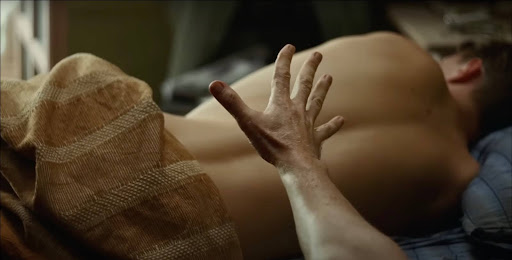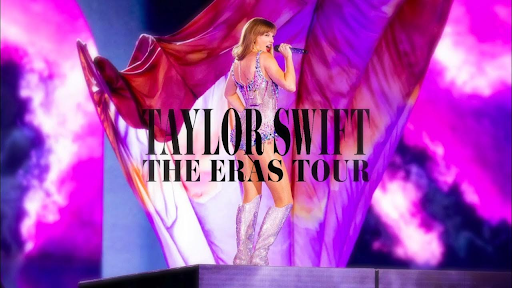J.J. Abrams’ Bad Robot and Paramount Pictures’ “Cloverfield” franchise, also known as the “Cloververse” among fans, is undoubtedly one of the most unique film franchises currently saturating the movie franchise market.
The first two films — 2008’s “Cloverfield” and 2016’s “10 Cloverfield Lane” — were both wildly intense and effective thrillers while being totally, tonally different from one another.
This year’s Super Bowl Sunday, Paramount Pictures, Bad Robot and Netflix made the surprising announcement of the third “Cloverfield” chapter, titled “The Cloverfield Paradox,” in a clever marketing effort that has never been done before. The companies ran a TV spot during the big game that both announced the film and its release, which was that night. Talk about cutting it short. This promotional move was a good one as it was guaranteed to hit millions of households and garner millions of impressions. The social reactions were through the roof as the spot communicated a “Find Out Why” message, which fans thought promised an explanation for the events in the first “Cloverfield” film.
Does “The Cloverfield Paradox” live up to its cool marketing and tremendous hype? Truthfully, it does and it does not.
Sprinkled throughout the film are noteworthy moments of genuine thrills and intensity. It’s directed confidently and shot beautifully.
As a stand-alone science fiction adventure story, it’s perfectly servicable. As a “Cloverfield” piece, it’ll leave viewers scratching their heads in surprising disappointment.
Similar to “10 Cloverfield Lane,” which is a terrific film, “The Cloverfield Paradox” would have potentially benefitted more from sticking to its original guns (“God Particle,” the original script) than attempting to tie into an exisiting franchise.
Some viewers will feel as though this third entry raises even more questions than it answers, which the marketing promised. “The Cloverfield Paradox” is currently available to stream on Netflix.









